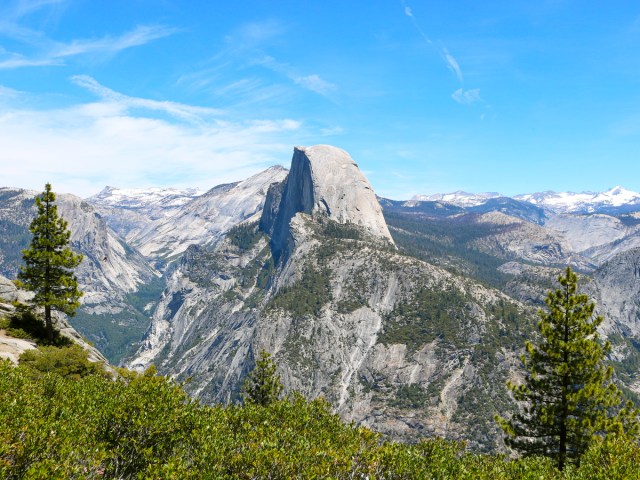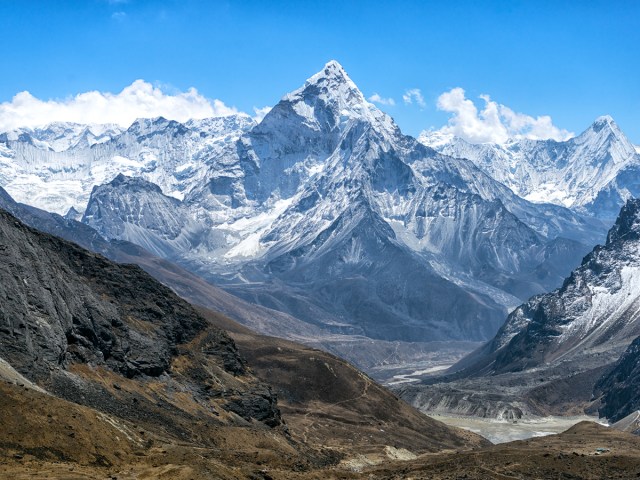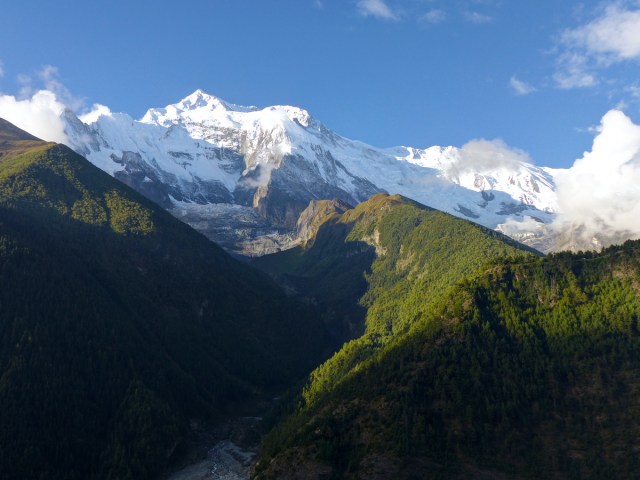As you’d probably expect, measuring a mountain isn’t as simple as busting out a really long tape measure. It involves complex math and instruments like theodolites, inventions that aren’t exactly new. When the Great Trigonometrical Survey of India was carried out in 1802, it measured the heights of 79 different Himalayan peaks, including what later came to be known as Mount Everest. Amazingly, the surveyors clocked the world’s highest peak within 30 feet of its current accepted height of 29,029 feet. But have we been doing it wrong all along? At least one expert seems to think so. Here’s a look at the new way we could be measuring mountains.
A Method to the Mountain

Recently, National Geographic profiled Kai Xu, a 23-year-old mathematician who formulated a new method for measuring mountains. It includes both a peak’s height above its surroundings and how steep its rise is. Xu gave the latter idea a simple name: jut, as in how far a mountain juts into the sky. And according to his system, Everest isn’t the world’s tallest mountain — it’s the 46th-tallest peak.
That’s because the concept of jut eschews height above sea level in favor of height above its immediate surroundings, a quality that makes a summit like Half Dome appear especially grand despite its relatively modest height of 8,846 feet. According to Xu, mountains that reach a greater height but do so gradually lack a certain “wow” factor, which is why he sought a new way to measure them.
The Subjective and the Scientific

You might consider Xu’s approach more subjective than scientific, as it’s meant to convey what he calls “angle-reduced height” — or, more simply, “viewpoint impressiveness.” For example, Everest may be the tallest mountain in the world, but do you feel higher above everything around you when you stand at its summit as you do atop every other mountain?
In a paper Xu published about his findings, he argued that “elevation has its limitations.” He introduced what he called “a universally consistent framework for quantifying relief that does not require a datum altogether, and is instead based on physically meaningful concepts.” The mathematician also launched a website devoted to jut that expands on this vibe-forward approach and offers an interactive map of “dramatic landforms that traditional metrics such as elevation and prominence don’t do justice to — huge mountain faces, towering spires, sheer cliffs, deep canyons, and more.”
A New List

So what’s the world’s most impressive mountain, according to this system? The answer is one you’ve probably never heard of. It’s Annapurna Fang, a 25,089-foot Himalayan peak with a jut of 11,139 feet — far more than Everest’s 7,293 feet. Rounding out the top five are four other peaks in the Himalayas: Nanga Parbat (10,293 feet of jut), Māchhāpuchchhre (10,065 feet), Dhaulāgiri (10,064 feet), and Annapurna I (9,852 feet).
Interestingly, K2, which is considered the world’s second-tallest mountain according to conventional metrics, drops to No. 21 on Xu’s list, with a jut of 8,256 feet — meaning it has finally bested Everest in at least one regard. The full list can be found here.
More from our network
Daily Passport is part of Inbox Studio, which publishes content that uplifts, informs, and inspires.
























